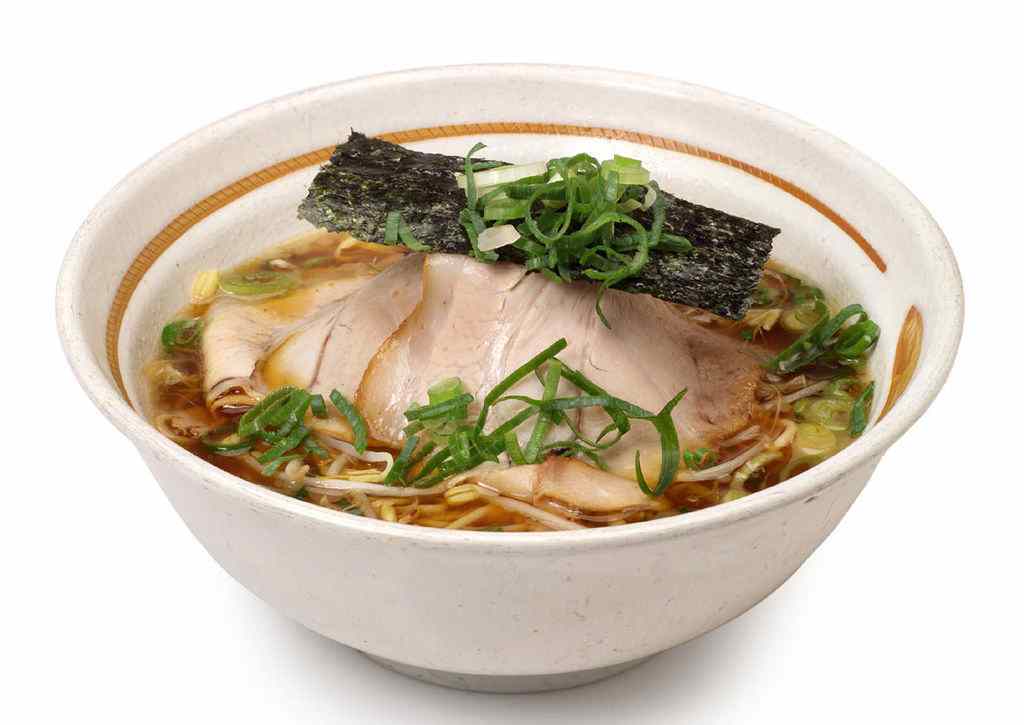Matthews Asia’s investment team members regularly travel across Asia to conduct research. Between meeting with management teams, touring factories and catching flights from one destination to the next, we do, on occasion, need to eat. Sometimes it’s room service at midnight while typing up meeting notes, other times we may try some local food. For me, as a ramen lover, the growing number of ramen restaurants across Asia has been a real treat. Apparently, I’m not alone in that thought.
Recently, one of my favorite ramen chains from Japan, Fukuoka-based Ichiran, opened its first overseas branch in Hong Kong. Ramen fans from far and wide lined up for as long as four hours for a taste. With its ease of doing business, proximity to Japan and influx of regional tourists, Hong Kong is quickly emerging as a hub for Japanese ramen restaurants seeking growth overseas. Other cities across Asia are seeing a similar trend. I even found “tonkotsu” or pork bone ramen in Jakarta, even though the population is mostly Muslim.
Ramen’s roots obviously stem from China and Chinese noodles. In the late 1800s, as Japan opened its ports to international trade, Chinatowns started to spring up across the country, bringing with them their culinary culture. The word “ramen” itself was immortalized when the late Momofuku Ando, the inventor of instant noodles, named his first product Chicken Ramen in 1958. Since then, ramen, both instant and traditional, has been enjoyed by billions of people worldwide.
As I pondered the reasons for ramen’s popularity, my conclusion was that flexibility is likely the key. Ramen can come in any size, shape or format as long as there are noodles and some kind of broth. Noodles can come in different shades of yellow and white, fresh or fried, thick or thin, wavy or straight. The broth can vary from pork to chicken to fish, with any combination of vegetables, seaweed, herbs and spices. Not to mention all the different toppings; I’ve seen soft-boiled eggs, peas, bamboo shoots or kimchi and even shaved parmesan cheese. The lack of a rigid formula gives a lot of freedom to those seeking something new, bringing a constant wave of menu innovations.
Ramen is one example of how cultures across Asia have influenced each other over the course of history. As one food industry executive used to say, “Good ramen can cross borders. No one is unhappy about eating good tasting food.” I couldn’t agree more. And as ramen outlets continue to pop up across the region, this development makes my travels at least more delectable.
Column by Kenichi Amaki, Portfolio Manager, Matthews Asia
The views and information discussed represent opinion and an assessment of market conditions at a specific point in time that are subject to change. It should not be relied upon as a recommendation to buy and sell particular securities or markets in general. The subject matter contained herein has been derived from several sources believed to be reliable and accurate at the time of compilation. Matthews International Capital Management, LLC does not accept any liability for losses either direct or consequential caused by the use of this information. Investing in international and emerging markets may involve additional risks, such as social and political instability, market illiquidity, exchange-rate fluctuations, a high level of volatility and limited regulation. In addition, single-country funds may be subject to a higher degree of market risk than diversified funds because of concentration in a specific geographic location. Investing in small- and mid-size companies is more risky than investing in large companies, as they may be more volatile and less liquid than large companies. This document has not been reviewed or approved by any regulatory body.


